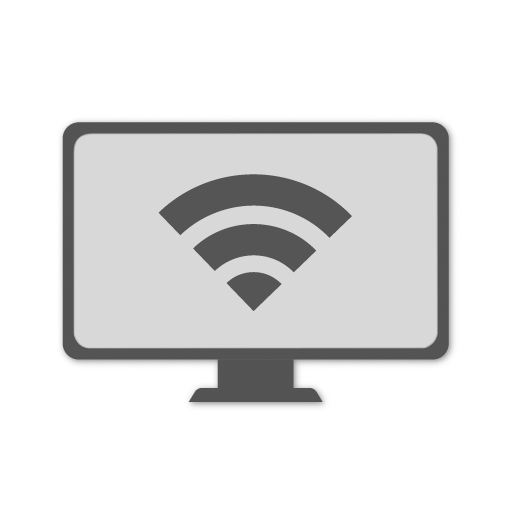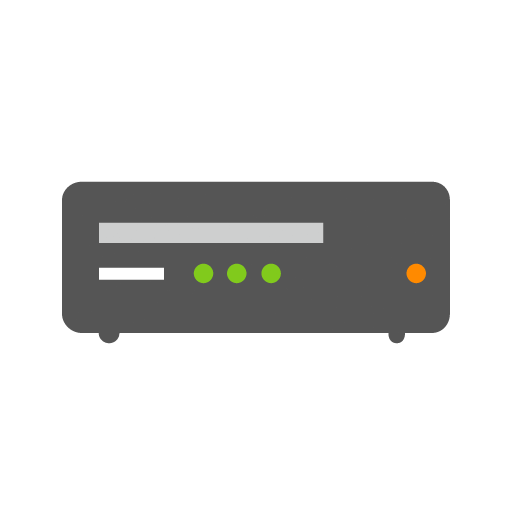
Firewall
A firewall monitors and controls incoming and outgoing network traffic. It allows or denies network traffic based on security rules as configured on your firewall. As such, it provides a barrier between a trusted internal network and an untrusted external network, like the internet for example. There are several types of firewalls out there, but the main distinction that is made, is the difference between network-based firewalls and host-based firewalls:
- Network-based firewalls monitor and control the network traffic between two or more networks. These are often hardware-based firewall appliances and therefore will generate a separate web page in Lansweeper.
- Host-based firewalls monitor and control the network traffic between a specific host and the network. As such, they run on the host machine, for example as a service which is part of the operating system or an agent application. This type of firewall will be picked up by software scanning or the scanning of Windows services and can be found on the Lansweeper web page of the host machine.
Scanned Firewall Information
When Lansweeper scans your network, it will create an asset page for your hardware-based firewall appliances. Ideally, your firewalls are scanned via Simple Network Management Protocol or SNMP. This protocol will retrieve the most information from your network devices. Lansweeper will show you a list of connected network interfaces to the firewall. This list gives you a clear overview of all available ports and the devices connected to them. Likewise, if the connected device has been scanned as well, you can quickly navigate from the firewall’s asset page to those of the connected devices and vice versa. The scanned information can include, but is not limited to:- Device description
- Manufacturer
- Model
- Serial number
- Uptime
- Network interfaces



